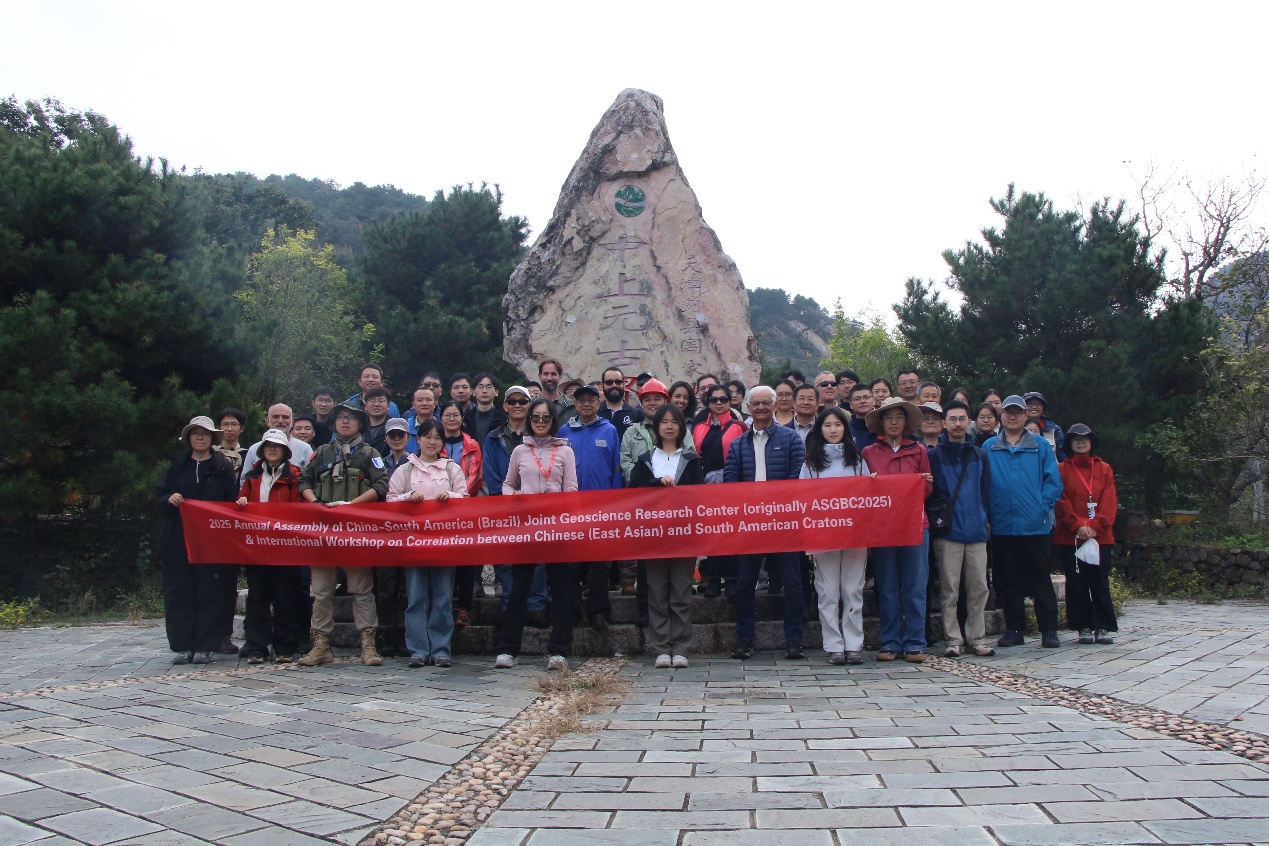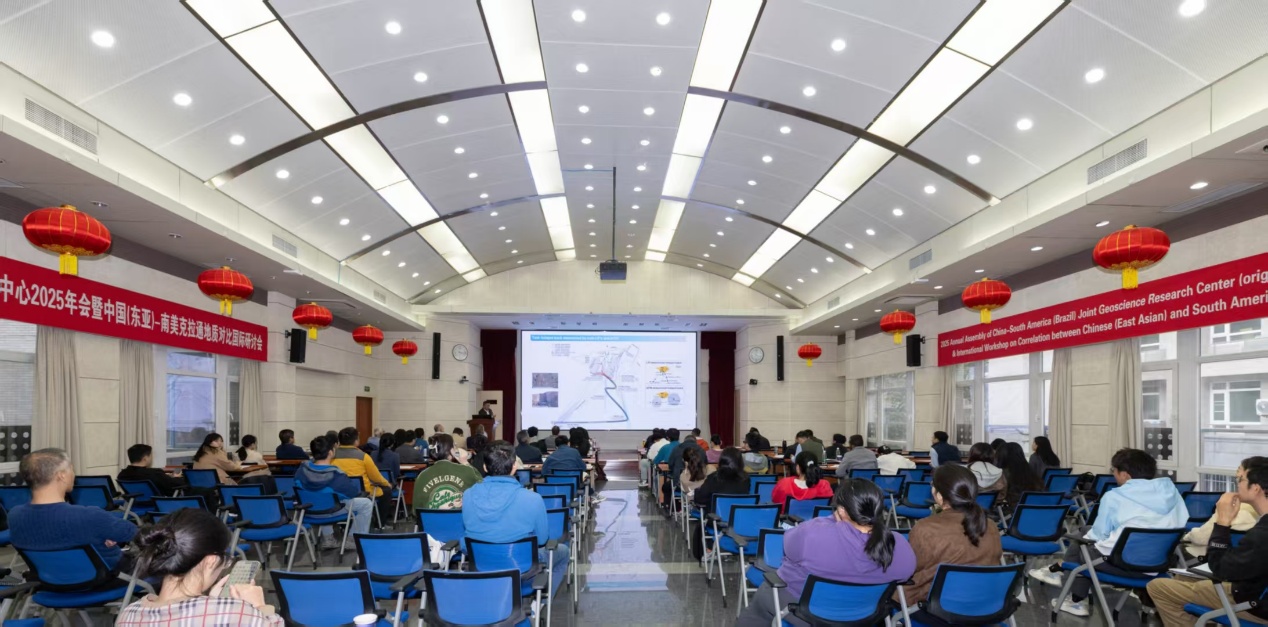BEIJING, Oct 22nd 2025 – The Annual Assembly of the China-South America Joint Research Center (CSAJC), hosted by IGGCAS, achieved remarkable success from October 6 to 19, 2025. The assembly comprised three major events: a joint field excursion titled "A Glimpse into the Geology of the Khondalite Belt of the North China Craton: From Basement to Basins" held from October 7 to 16 across Inner Mongolia, Ningxia, Beijing, and Tianjin; an international workshop on "Correlation between Chinese (East Asian) and South American Cratons" on October 17; and a Forum on October 18 in Beijing.
Representatives from eight international universities participated in the event, including Professor Wilson Teixeira, Member of the Brazilian Academy of Sciences, from the University of São Paulo; Professor Farid Chemale Junior, also a Member of the Brazilian Academy of Sciences, from the University of Vale do Rio dos Sinos; Professor Claudio Gaucher from Universidad de la República, Uruguay; and Professor Andrey Bekker from the University of California, Riverside. More than 100 participants from Chinese institutions also attended the Assembly. Professor Mingguo Zhai, Member of the Chinese Academy of Sciences, delivered the opening remarks at the workshop.
During the field excursion, the delegation examined the Paleoproterozoic orogenic belt of the North China Craton, engaging in in-depth discussions on oxidation events and associated mineral resources. The investigation facilitated a comprehensive comparison between analogous and complimentary geological units in East Asia and South America. Participants expressed particular interest in the continuity and diversity of geological records related to the evolution of habitable Earth in China and in the broader tectonic significance of these cratons to global supercontinent assembly.
The workshop featured 20 plenary presentations addressing geological processes from Earth’s interior to the surface through the evolution of continents over deep time. Beyond establishing correlations between East Asian and South America cratons, discussions also focused on mineral and natural resources, paleoenvironmental reconstructions, and deep-time geodynamics. The Forum on October 18 summarized future plans and research priorities for the coming year, reaffirming the Center’s mission to advance studies on the formation of a habitable Earth and promote sustainable development.
The CSAJC is one of the international research centers established by IGGCAS to foster scientific collaboration between China and partner countries, particularly under the framework of the Belt and Road Initiative. Since its launch in 2017, this year’s meeting marked the seventh Annual Assembly and the first held under the Center’s new name—formerly the China-Brazil Joint Research Center. The CSAJC is supported by the Bureau of International Cooperation of the Chinese Academy of Sciences through the PIFI programs and by research grants from the National Natural Science Foundation of China. Additional operational support is provided by the State Key Laboratory of Lithospheric and Environmental Coevolution and IGGCAS.
The Center is currently led by Professor Peng Peng, Principal Investigator of the Precambrian Geology Group and the TIMS Laboratory, with Professor Farid Chemale Junior serving as Co-Leader, succeeding the inaugural Co-Leader, Professor Wilson Teixeira. The CSAJC is dedicated to advancing frontier research on the formation and sustainability of habitable Earth systems, contributing to the vision of a community with a shared future.

Delegation at the Jixian National Geopark, Tianjin

Workshop in Beijing (Photo by REN Hui)